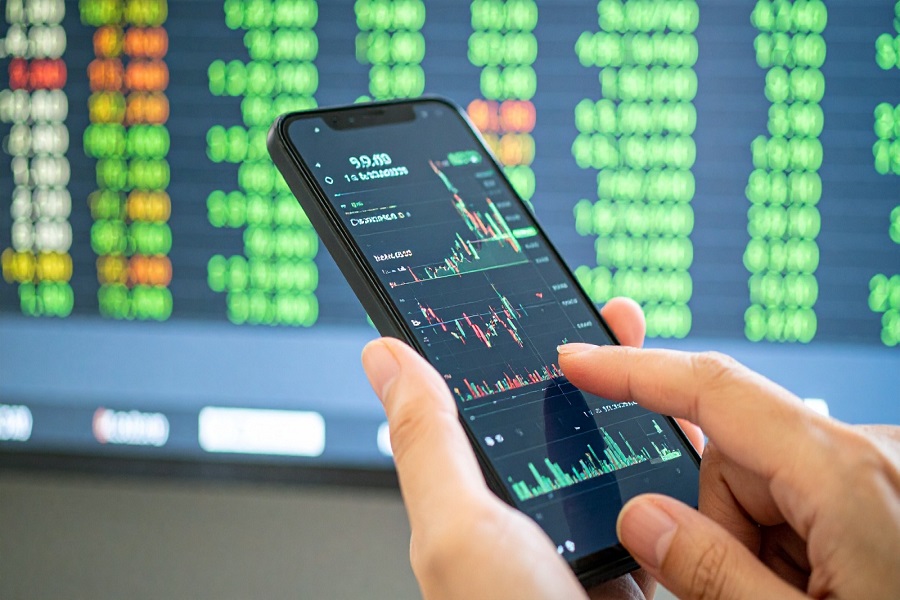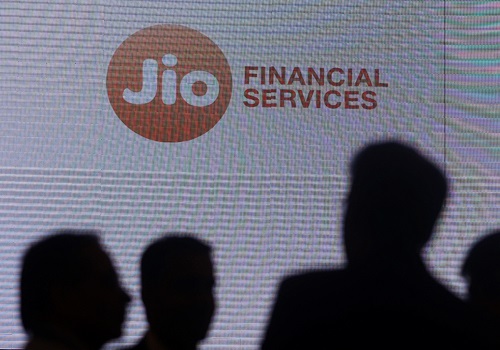Making Money should never be so easy!
We are living in times where free money is literally everywhere. Pick anything on the bourse and you are bound to get rich the next day. So much so that weekends are actually notional loss of wealth which investors are incurring for markets being closed!
Why is the market going bonkers?
Life at (Sensex) 50k is much beyond fairtyales, fundamentals or any sane analysis. It’s all about a fanatic belief that the future will be better than the present and of course propped up by an endless glut of liquidity sloshing around globally!
When you think about it, there are quite a few reasons taking the market up, up and away. Zero interest rate, credit on tap, central banks printing money as a balm to the unfolding health & economic crisis, fractional shares, digital ease of buying, work from home – the list is endless. Add to this the eternal hope of better fundamentals due to cost-cutting and better margins being reported by corporates. And to top it all – the vaccine which is just about finding its way to intricately designed government distribution mechanisms.
So, what could play the party pooper?
History tells us it’s futile to search for the straw which will break this camel’s back. More often than not big corrections disguise themselves in small events which are rather insignificant. However, one thing is for sure. This camel has quite a heavy burden of eye popping valuations on it already and the fatal straw can end up being quite feeble. Why are we saying that? Let’s look at some examples
* Today, Tesla is worth more than all other auto majors put together. It sells not even 1/10th of what others sell. It quotes at a PE multiple of 1743 times!! So basically, Tesla’s market cap is about $1.25 Mn per car sold as against GM where it is $9000/car sold. Elon Musk is worth more than Exxon mobile – gas it!
* Closer home, Pizzas are beating potatoes hands down. Dominos currently sell about 12 Cr pizzas a year from 1312 stores across India. Jubilant Foodworks stock trades at a multiple of 285 times perhaps assuming that each of 130Cr Indian will eat about 30 pizzas every year henceforth. Or to put it more aptly – about 25 Cr eligible Indians (who can afford one) will eat about 150 pizzas a year – about one every second day ! (ceteris paribus)
* Avenue supermart (DMart) quotes at a trailing multiple of 215 times, HUL the biggest FMCG player is at 78 PE, Nestle at 85 PE and the list is endless. IT majors Infosys and TCS are touching 32 & 40 times respectively!
Common sense will tell you that successive investing at high PE levels will lead to suboptimal returns for ensuing years. Nifty at about 40 times TTM (Trailing Twelve Months) PE is assuming that we are pricing the index at about 5.5 times over its current trailing earnings of approx Rs. 365 Historically, trailing PE over 25 times have been considered expensive. Of course, on this point the optimistic market participants point out that the denominator on this equation is quite eroded with earnings shredded the way they did last year.
Even as per the famous “Buffett indicator” – which is total market cap to GDP ratio, US is at 191% and Indian markets are on course to cross the 90% mark. Nothing can connote this dilemma more aptly than Jeremy Grantham did in “The price we pay for having this market go higher and higher is a lower 10 year return from the peak”
To us at MoneyFront, it seems like a bubble which the Fed is hell-bent on ballooning. The bigger it grows – the sharper will be the pain when it bursts. Even Greenspan’s Fed in 2000 and Bernanke’s Fed in 2007 couldn’t save the bubbles from bursting. We have no reason to believe it will be otherwise with Powell’s Fed, negative interest rates be damned.
Be it Japan in 1989, Tech bubble in 2000 or the housing crisis in 2008 – bubbles eventually do burst when valuations become untenable. Reasons could be different, triggers could be different – but equilibrium ultimately prevails.
What can keep this party going?
Can we be wrong in our rebalancing call at this juncture? Indeed yes, by a whopping margin. The famous Japanese bubble burst at 65x earnings multiple and the tech bubble at an even higher number. To be clear, when we say “winter is coming” we do not mean markets are crashing tomorrow. Even in our cautious stride, we continue to hold on to the view that timing is impossible. There are plenty of hints that this party could go on for some time.
Joe Biden is out there to put $2000 per month in hands of every American citizen and the Fed is hell bent on keeping rates low till March 2022. Fed is also comfortable with inflation going beyond their stated comfort of 2%. Now when Big Brother is all out on path of fiscal expansion with near zero policy rates – one can just imagine what the flood gates of cheap dollar can do to Emerging Markets like India. Testimony to that being two successive years of highest FII flows in Equities in India across all the emerging markets ($23Bn in 2020 and $14.2Bn in 2019).
And to add to this, our economy is yet to become fully operational as some sectors are still opening up. The YoY growth on low base will look good this FY and obviously fundamentals are improving. But please remember the caveat, that this is all consensus view – there is nothing new or unknown in these points. Since the market prices for the future, these hints of silver could already have been factored in to lead us to the peaks that we are staring at.
So what are we saying?
* Patience is a virtue: Markets are unequivocally at crazy valuations. Investors have to be extremely cautious and patient with return expectations before putting fresh allocations in Equity.
Stagger it out: If you are suddenly flush with cash, do not, we repeat do not put it all in one go. STP or Systematic Transfer Plan with multiple entries over 6-12 months remains the statistically proven safer route.
SIPs remain the time tested route: As we pointed out earlier, March last year was not the time to stop your SIP. While we are staring at the mirror opposite situation, our call remains the same. This is not a time to stop your SIP either. To make a simple point, SIPs are not meant to be paused. They work well over long time smoothening out the average price during these market movements.
Be safe than sorry: This is the point where almost any risk taken seems to be giving a return well worth its weight in gold. But, know that it will balance out soon. Do not depend on the market for your adrenaline rush. Be cautious with exotic instruments, mid and small cap names, choosing not to go overboard.
Stick to Asset Allocation: If you have gone overweight equity by virtue of market movement – now is the time to scoop the cream and keep it safe. If your position of 80% equity has seemingly overnight turned into 90%, get out the scissors and do the right thing. Remember asset allocation is about predictability rather than getting the best returns, for peaks are known only in hindsight.
It is okay to go contrarian: Sure, everyone has a hot stock or fund tip today and all around we are surrounded by bulls. But, if these levels are beginning to make you nervous, don’t be shy to go underweight in equities. Don’t go to the other extreme either of exiting it altogether. FOMO is for real and it’s better to have some skin in this game. Don’t shy to go underweight equity. Don’t be totally out of it either.
Let’s face it. There are no right or wrong answers in this Market. And there will never be any perfect answers. We wish to caution our investors of frothy valuations but at the same time its difficult to say when sanity prevails, if at all it does.
What we do know is that some timeless principles of investing like the ones enumerated above hold us steady in these speedily veering times. So our final words to all investors will be – Don’t overstretch your asset allocation and luck !
For portfolio specific inputs – please reach out to Team Moneyfront.























